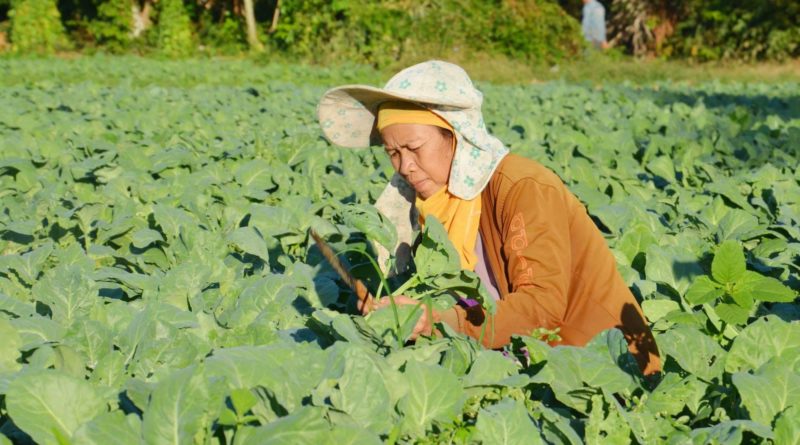More People Abandon Farming Jobs
Source: Vientiane Times
More and more people in Laos are abandoning traditional farming as the government promotes investment in the manufacturing and service sectors, according to an official report.
The report on the implementation of the five-year socio economic development plan for 2010-2015 shows that the number of labourers employed in the agriculture sector has seen a drop of nearly five percent over the five years.
About 65 percent of the total workforce is employed in the agriculture sector, down from about 71 percent five years prior, according to the report commissioned by the Lao Ministry of Planning and Investment.
This significant drop in the agricultural workforce followed increasing investment in the manufacturing and services sectors. The expansion of non-farming businesses has created opportunities for Lao people to leave traditional farming jobs, the report highlighted.
J&C Services, an independent insurance specialist and a Top Gold agent of Toko Assurance in Laos, is offering customer-specific solutions to our clients, while providing at the same time the most competitive premiums.
Try us and be surprised how much we differ if compared to other providers !
www.jclao.com / info@jclao.com / 020 77 100 200
The drop in the agricultural labour force coincided with the number of workers in the industry and services sectors rising to about 12 percent of the total workforce, up from only 9 percent in 2010.
The services sector employs about 23 percent of the total labour force, up from 20 percent in 2010.
Government officials view the change in labour structure in Laos as a positive phenomenon. They argued the government has a policy to modernise agriculture so that the sector employs fewer people.
In addition, the government wants to expand the industry and services sectors and this will be possible only if people leave their traditional farming jobs, the report says.
Currently, there are about 3 million workers in the country, accounting for about 50 percent of the total population.
Business people, in particular in the garment sector, agree with this government policy to move people from the farming sector as a reduction of the workforce in agriculture would lead to an increase in the supply of workers for the manufacturing sector.
While many policy-makers agree with the change of the labour structure, some economists have expressed concerns that the drop in labourers in agriculture could also lead to a decline in output of agricultural produce.
The price of vegetables and farm produce in Vientiane’s markets is higher compared to that of neighbouring countries, they said.
Data from the report supports this. Over the past few years, the contribution of the agriculture sector to GDP has dropped from 25 percent to 23 percent.

